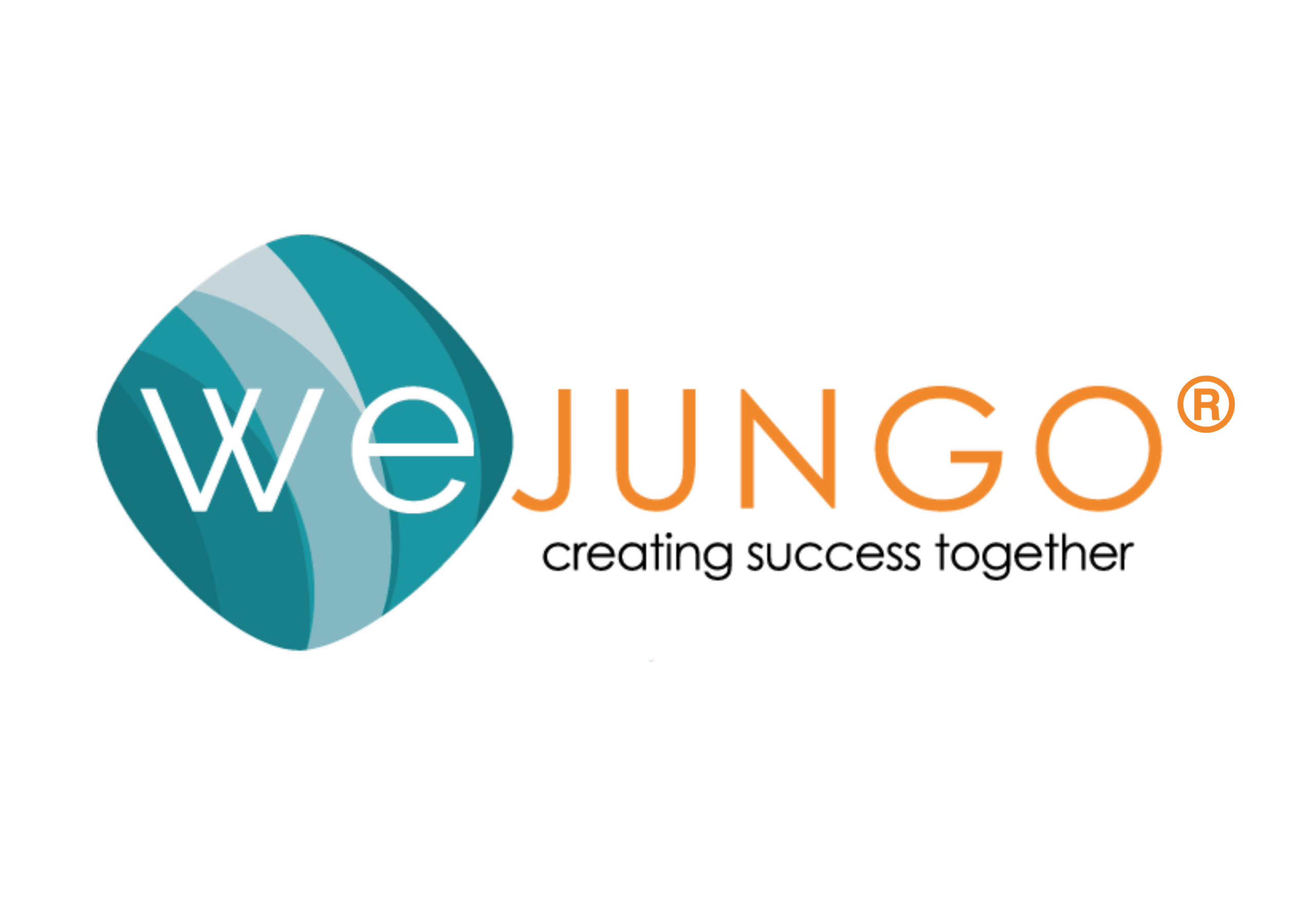Five Strategies for Managing Generational Differences

Values, Attitudes, Beliefs and Behaviors
Cultural norms can simply be defined as a pattern of values, attitudes, beliefs and behaviors of specific groups. These patterns are learned from parents, teachers, peers, and the larger society ? what can be considered “the traditional culture.” In addition, generational values, attitudes,
beliefs, and behaviors are becoming as commonly accepted and increasingly talked about as a sub-culture, better known as “The Generational Culture.” In some cases the two cultures work together well. However, in other situations challenges arise, resulting in a conundrum for those interested in behavior change such as leaders of an organization.
At the heart of the challenge are the very differences of the generations. These differences impact how we manage and lead these individuals, and how we interact with each other everyday. It is critical to have a solid understanding of the generational differences. The benefits of understanding and adopting methods for managing such differences will lead to positive results, and help leaders effectively manage what behaviors will be reinforced or punished, what will be tolerated versus rejected, and what will sustain versus fall to extinction.
Four Makes a Party Right?
Pew Research Center (May 2015) recently released the latest statistics from the US Labor Force showing how Millennials or Generation Y has surpassed Generation X as the largest generation working in America. It is also true that for the first time in history, some workplaces have four generations working alongside each other ? the Silent Generation, Baby Boomers, Generation X and Generation Y.
The Silent Generation, also known as Traditionalists or the Mature Generation, are individuals born between 1925 and 1945. Many are retired, however some continue to work as executives, members of boards of directors. The Silent Generation grew up with many rules and pressures to conform. Although this generation saw increase prosperity over their lifetime, they remember the great depression. The Silent Generation values conformity, no one should stand out, everyone should work for the common good. Dedication and sacrifice means that you work to the common good.
The Baby Boomers are those born between 1946 and 1964. These individuals grew up with fewer rules and a more nurturing environment. They lived in generally prosperous times but experienced high rates of layoffs. Regardless, the Baby Boomers are well known to “live to work” and excelling in their career is important. Baby Boomers rebelled against the conformity of the traditionalists ? although they did take on the value of team orientation. But as a rebel they put personal gratification above group sacrifice of the generation before. Boomers tend to believe that success is only achieved through hard work (long hours) and playing nice, but being competitive.
Generation X, also know as Baby Busters, and individuals born between 1965 and 1981. Today, this group holds strong positions in key leadership roles in organizations. Many are rapidly approaching the mid point of their working careers. This generation experienced turbulent economic times, downturn in the 80s, upswing in the 90s, and another downturn in the early 2000s. Unlike the Baby Boomers, Generation X were well known to “work to live,” valuing life outside of work. In addition, Generation X took a different stance in regards to work, mainly a change in perspective from job security to career security.
Finally the Millennial also referred to as Generation Y, and individuals born between 1982 and 2000. Many Millennials group up attending day care, with very involved “helicopter” parents. Prosperity has increased over their lifetime, and a very common saying with the generation is “Live, then Work!” Generation Y is achievement oriented, wanting to build parallel careers, modeled by being experts in multitasking.
So What Are The Big “D’s”?
There is a great deal of literature on the subject matter of Generational Differences ? what I like to call the big “D’s”. Work Ethics, Values, how they view what work is, leadership and interaction styles provide a glimpse into the differences between the four generations.
In addition, two general types of differences are worth noting:
1) Major events and “Culture Icons”
2) Communications, Feedback and Rewards
This list is of particular interest from a behavior analytic perspective ? how people communicate, accept or perceive the value of feedback and rewards.
Every supervisor, manager or business owner who works with these four-generation knows these differences are real. The question is how does one effectively manage these big “D’s”?
Five Techniques For Managing Generational Differences
This is in no way meant to provide a complete list of how to manage generational difference. It is an evolving learning process. The complexities may be aggravated by new technology and work patterns, mixing workers of different ages in ever-changing times, and societal influences.
The National Conference of Bar Foundations (2015) provides a clear goal to focus on when managing generational differences: to uncover the events, conditions, values, and behaviors that make each generation unique! In reviewing literature from a variety of sources (see reference list), 5 key techniques are offered from a behavioral standpoint.
1) Focus on goals and set clear expectations. Each generation approaches their work differently, each providing strengths the other does not posses. A clear goal and expectations puts each generation on an even playing field. No need for micro managing just set the goal and expectation. A benefit you will see is how goals and expectations help to resolve problems without dampening enthusiasm.
2) Mentoring and Inclusion. Encourage each generation to mentor the other. They each provide different strengths, experiences and knowledge of today’s technology. Inclusion helps to use those differences as leverage to maximize results. In addition, most employees’ value being included versus excluded. Inclusion equals teamwork. Teamwork leads to achieving results faster.
3) Break the bonds of tradition. If there is a better way to do something, take the suggestion. Although four generations may be part of the team, the right idea should always be taken. Tradition would tell you to take the point of view of the most senior in the room. Wrong. Taking the opinion of the senior most person in the room when a better one is presenting may very well lead you to slower or no progress.
4) Show employees the future. Tell them where the organization is going, how they fit in, and how to prepare. Encouraging career planning for those with a number of years ahead, and retirement planning for those getting ready for it will help to engage people in the here and now, and the long term possibilities. People tend to work harder to achieve the organizations goals if they understand how it leads them on a path to their professional goals.
5) Encourage balance. Employees of all ages place a high value on balancing their work and personal lives. However, depending on their generational culture, balance will look different. Leaving work before the kids come home, taking full weeks or a month for a vacation, flexible work hours, and working from home are all preferences of the different generations. Asking employees what they prefer in regards to maintaining a balance of work and life will help you manage the generational needs, ultimately leading to happier employees working hard to achieve the businesses goals.
These five techniques provide a behavioral approach to managing the generational differences. From an Organizational Behavior Management perspective, many issues can be affected by generational differences: Turnover, Recruitment, Morale, Team building, Communication, and the effectiveness of Rewards, Feedback and ultimately achieving Organizational objectives. Taking time to understand, and define how you will manage these differences will be the true indicator of success in the years to come.
A Few References for your Reading Pleasure:
National Conference of Bar Foundations (February 2015). Managing Generational Differences. Retrieved from http://www.ncbf.org/members/default.cfm?action=meeting_materials.
Gen-Y Employees: How to Motivate Them (April 2012). Retrieved from http://www.inc.com/sam bacharach/how-to-motivate-your-gen-y-employees.html
Lancaster and Stillman (March 2003). When Generations Collide: Who They Are. Why They Clash. How to Solve the Generational Puzzle at Work
Lancaster and Stillman (April 2010). The M-Factor: How the Millennial Generation Is Rocking the Workplace.
Satuffer, D. (March 2003). Motivating Across Generations. Harvard Business Review.
Hammill, G. (2005). Mixing and Managing Four Generations of Employees. FDU Magazine Online.
Retrieved from http://www.fdu.edu/newspubs/magazine/05ws/generations.htm
***************
ABOUT THE AUTHOR: MANNY RODRIGUEZ, M.S.
Manny Rodriguez, M.S. has over ten years experience, working with organizations across the globe within the Fortune 1000. He is an accomplished practitioner in the field of Applied Behavior Analysis, highly regarded by his customers and colleagues alike. Manny is especially skilled at facilitating business teams to execute strategic plans and preparing leaders to engage employees to reach their maximum potential. Manny holds the position of Director of Continuing Education and Product Development for ABA Technologies, Inc., a pioneer in online professional development of behavior analysts. Manny is also the President-Elect of the Organizational Behavior Management Network, an organization dedicated to the development, enhancement, and support for the growth and vitality of the science of human behavior applied at work ? Organizational Behavior Management.
Manny Rodriguez and ABA Technologies, Inc provides products and services for Behavior Analysts and the general public. Online Professional Development in ABA, Coaching/Mentoring Behavior Analysts, Speaking engagements such as Workshops/Seminars/Webinars, and Expert Consulting in ABA, OBM, Instructional Design and Teaching Behavior Analysis. For more information, contact info@abatechnologies.com.







